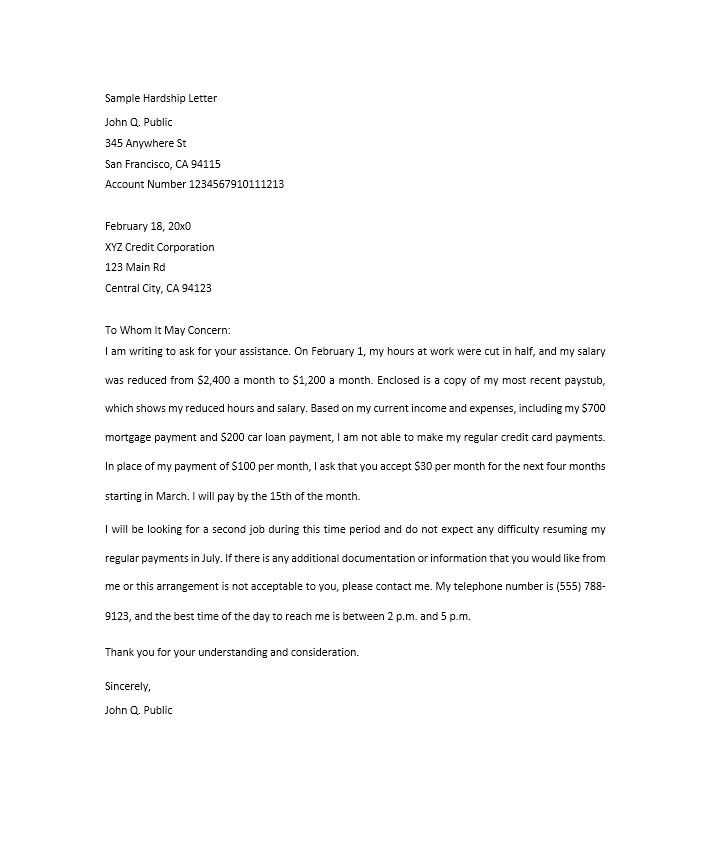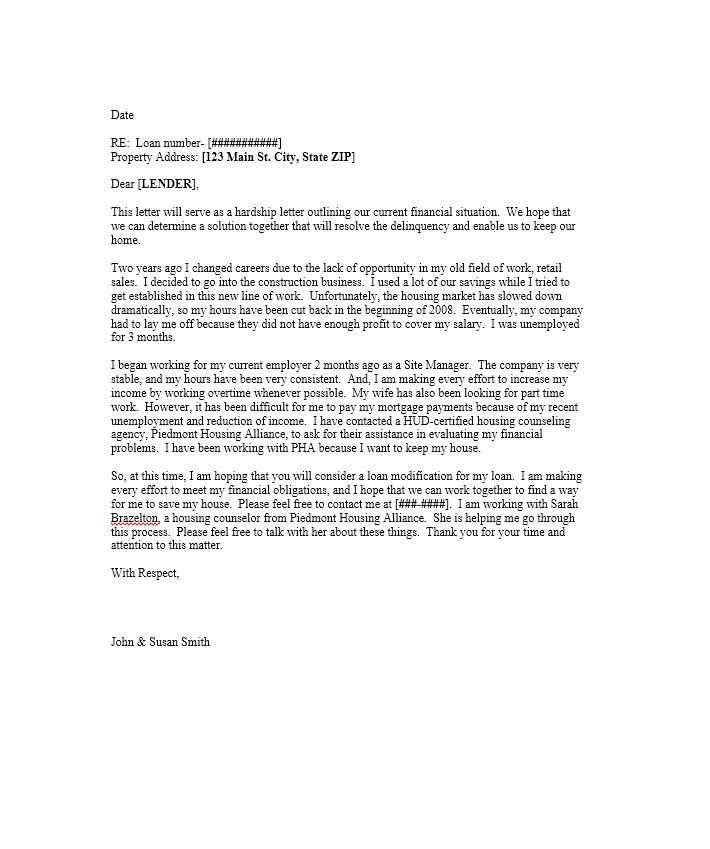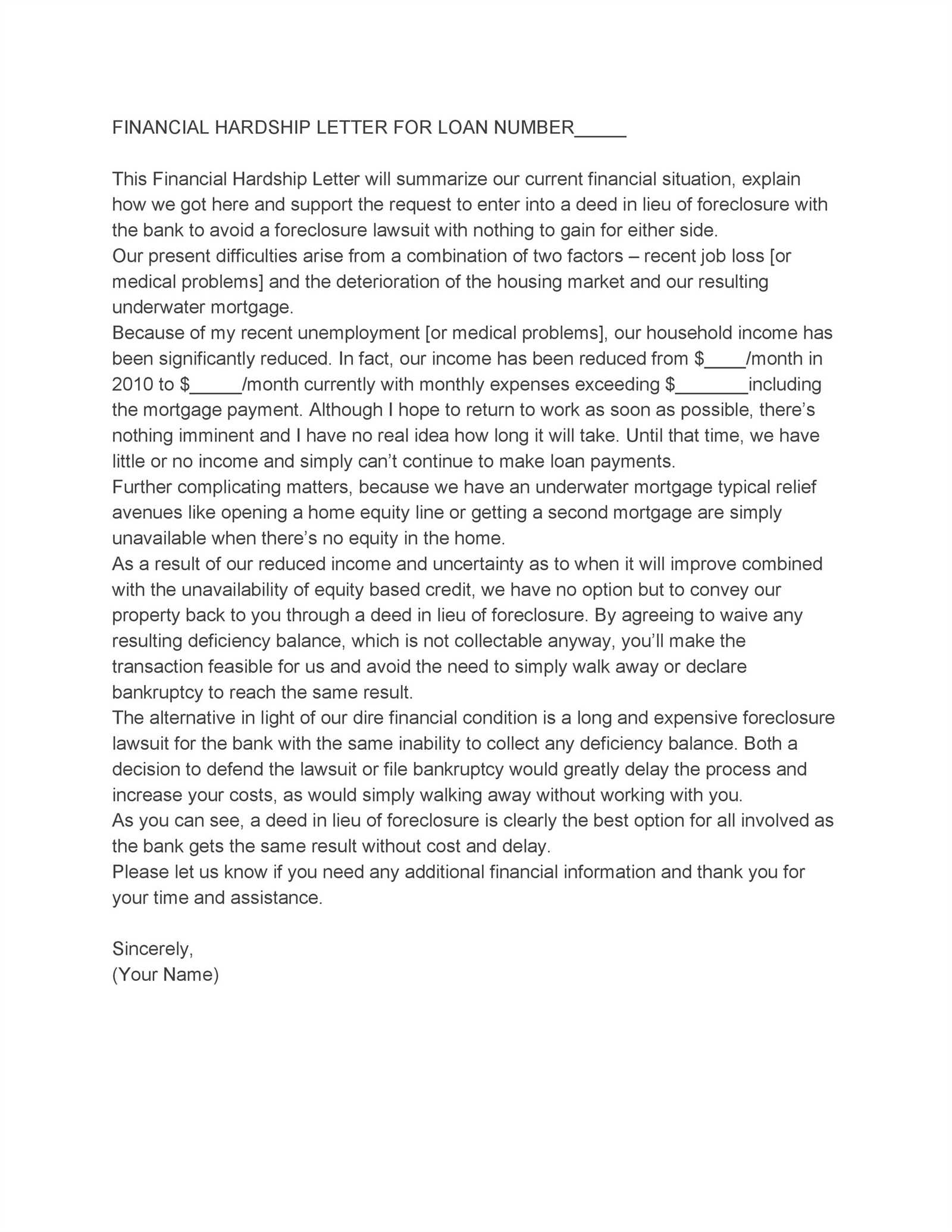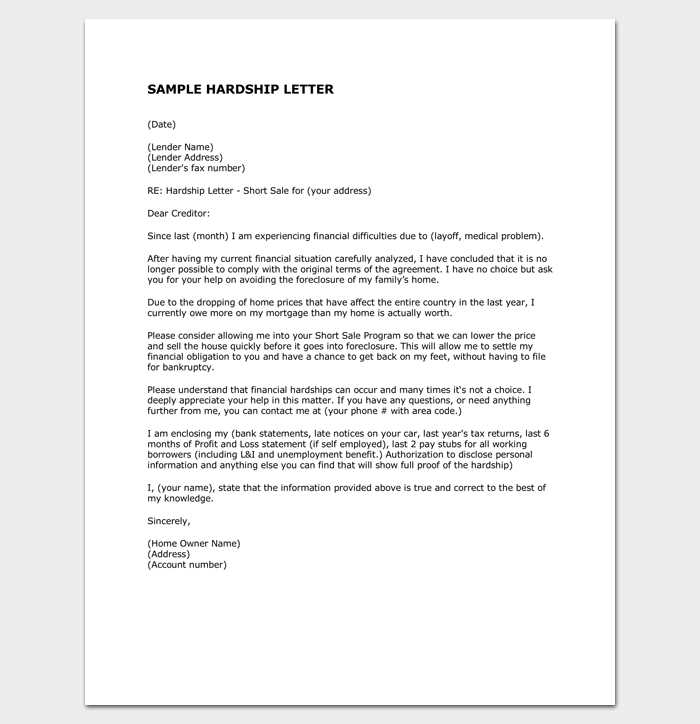Medical Financial Hardship Letter Template

When faced with unexpected economic challenges, individuals may need to communicate their situation to service providers. This communication often involves explaining the circumstances and requesting support or leniency. By effectively outlining the situation, a person may receive the help needed to manage their financial burden and continue receiving essential services.
Essential Information to Include

To ensure clarity and effectiveness, there are key details to mention when making such a request:
- Personal Background: Provide a brief overview of your situation and circumstances leading to financial difficulty.
- Reason for Request: Clearly state why you are seeking assistance and how it would help you during this time.
- Specific Request: Indicate the type of support or adjustment you are asking for, whether it’s a payment plan or temporary relief.
How to Structure Your Request

When drafting a request, it is important to be concise, clear, and respectful. Start by stating your purpose and providing a brief background of your situation. Be specific about your needs and show appreciation for any consideration given.
Avoiding Common Pitfalls

Ensure your request is professional and avoids emotional language. Focus on facts, and provide any supporting documentation, such as income statements or medical records, if relevant. Also, avoid over-explaining or making unrealistic demands.
Addressing Economic Challenges in Healthcare
When facing unexpected challenges, especially in the realm of health, many individuals find themselves struggling to meet essential costs. A well-crafted communication can help express the difficulties faced and request necessary adjustments from service providers, allowing individuals to receive support during tough times.
These requests, which explain one’s situation and ask for specific support, are an important tool. They enable individuals to seek relief from overwhelming payments, negotiate alternative arrangements, or request deferrals. Such a document should clearly convey the issue at hand while maintaining professionalism and respect.
Understanding the ideal time to make such a request is critical. Typically, this type of communication is most effective when sent as soon as the financial strain begins to affect one’s ability to pay. It’s vital not to wait until the situation worsens, as early intervention may lead to better outcomes.
Key components of an effective request include a detailed explanation of the issue, the impact it has on the individual’s life, and the type of assistance being sought. Specificity in this section helps providers understand the gravity of the situation and how they can help. It’s also crucial to include any supporting documentation that might reinforce the case, such as income statements or hospital bills.
When drafting the request, focus on clarity and brevity. Begin with a concise introduction that outlines the purpose of the communication. Follow with a clear description of the circumstances, emphasizing the need for support. Finally, express gratitude for the provider’s time and consideration. A respectful tone ensures the message remains professional and persuasive.
Avoid common mistakes such as using emotional language, making vague requests, or failing to provide necessary documentation. It’s essential to remain professional, be specific in the request, and avoid unrealistic demands. By doing so, individuals can improve their chances of receiving the support they need.